The Epicflow team continues implementing the most powerful functionality to provide our clients with a variety of tools to juggle projects and resources most efficiently. This time, we’ve prepared updates that will prove useful for those who work in an Agile environment, use Jira + Epicflow integration as well as those dealing with manufacturing, machine building, and other complex phased projects. Let’s dive deeper into the way our new features work.
Team Management: A Solution for Software Development and Agile Squads
We’re proud to introduce this new feature that allows you to group your resource pool into teams. In software development projects or any Agile environment, it’s typical to work with cross-functional teams consisting of employees with different roles (e.g., back-end and front-end developers, QA engineers, etc.). This feature allows for uniting all these employees working together and makes it possible to assign work to them, plan their capacity, assess team performance, and more.
Previously, Epicflow only united project resources into resource groups (like Engineering, Software Development, Assembly, etc.). The implementation of Teams will change the way you plan project work and resources, which will be especially relevant for cross-functional teams working in an Agile environment — it will contribute to more convenient budget distribution, effective collaboration, and streamlined project flow.
How can you manage teams in Epicflow?
Apart from creating teams, adding members to them, and specifying the time range of their participation in it, you can manage teams in the following ways.
Automatic capacity adjustment
You can add the so-called “decision point” — i.e., the date when the capacity of a group member is changed. For example, you may require 100% of a designer’s capacity during the first two weeks of the project and then change it to 50% for the rest of the timeline. This will allow for tracking team members’ capacity more accurately and planning their involvement in other projects.
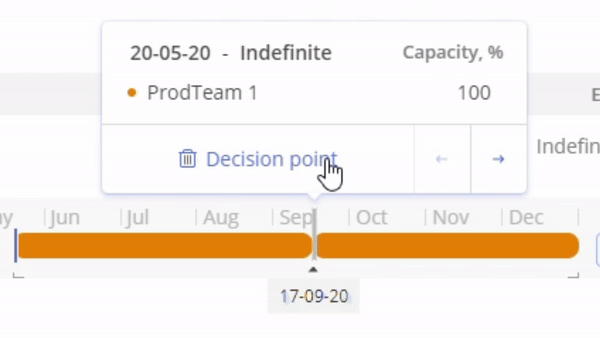
Keeping track of teams’ capacity
You can use the Load Analysis feature to analyze the team members’ workload. The Future Load Graph will predict their future capacity and workload so that you can plan their involvement in future projects and prevent them from overload.
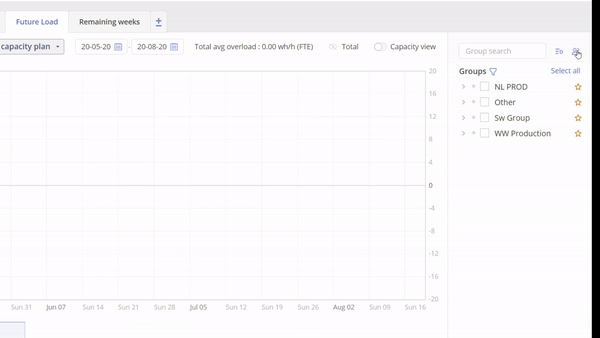
Assigning budget
You can allocate a team budget, i.e., funds to be used for completing the required amount of work by a specific team (or teams). What is important is that you can reserve this budget for the team on a high level. This will provide you with insight into the amount of work to complete and the required resources as well as plan a team’s capacity.
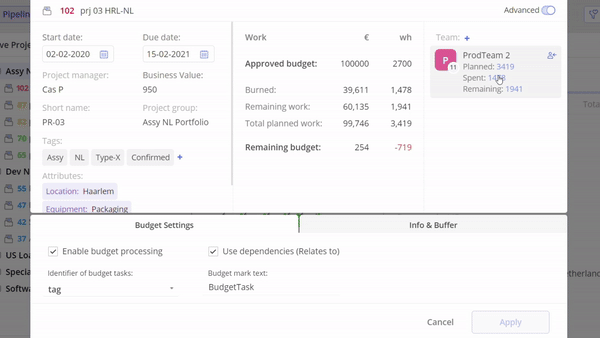
Tracking budget consumption
Monitoring the consumption of the team budget will help you make sure that resources are utilized efficiently by the team and check whether or not the project is going over the budget.
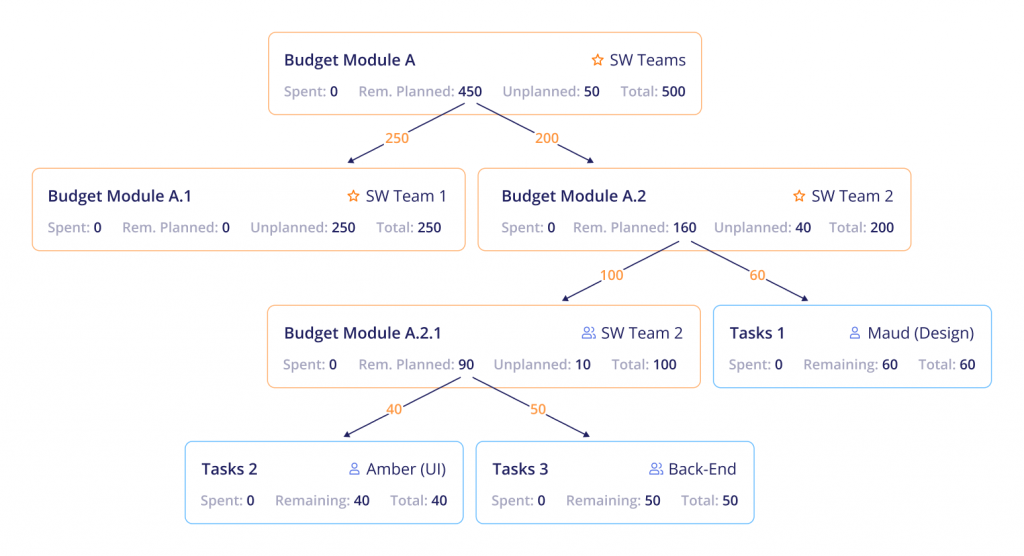
Phases: Optimizing Planning and Control for Large Complex Projects
Epiclow offers an opportunity to create sprints and releases in the system, which is most suitable for Agile and software development teams who can plan their work within these phases. But this wasn’t enough for our clients dealing with complex phased projects in machine building, engineering, manufacturing, projects that require regulatory compliance, etc.
That’s why the Epicflow team has developed functionality that makes it possible to create other phases reflecting essential stages of project work — for example, engineering, purchasing, assembly, shipping, commissioning, and more.
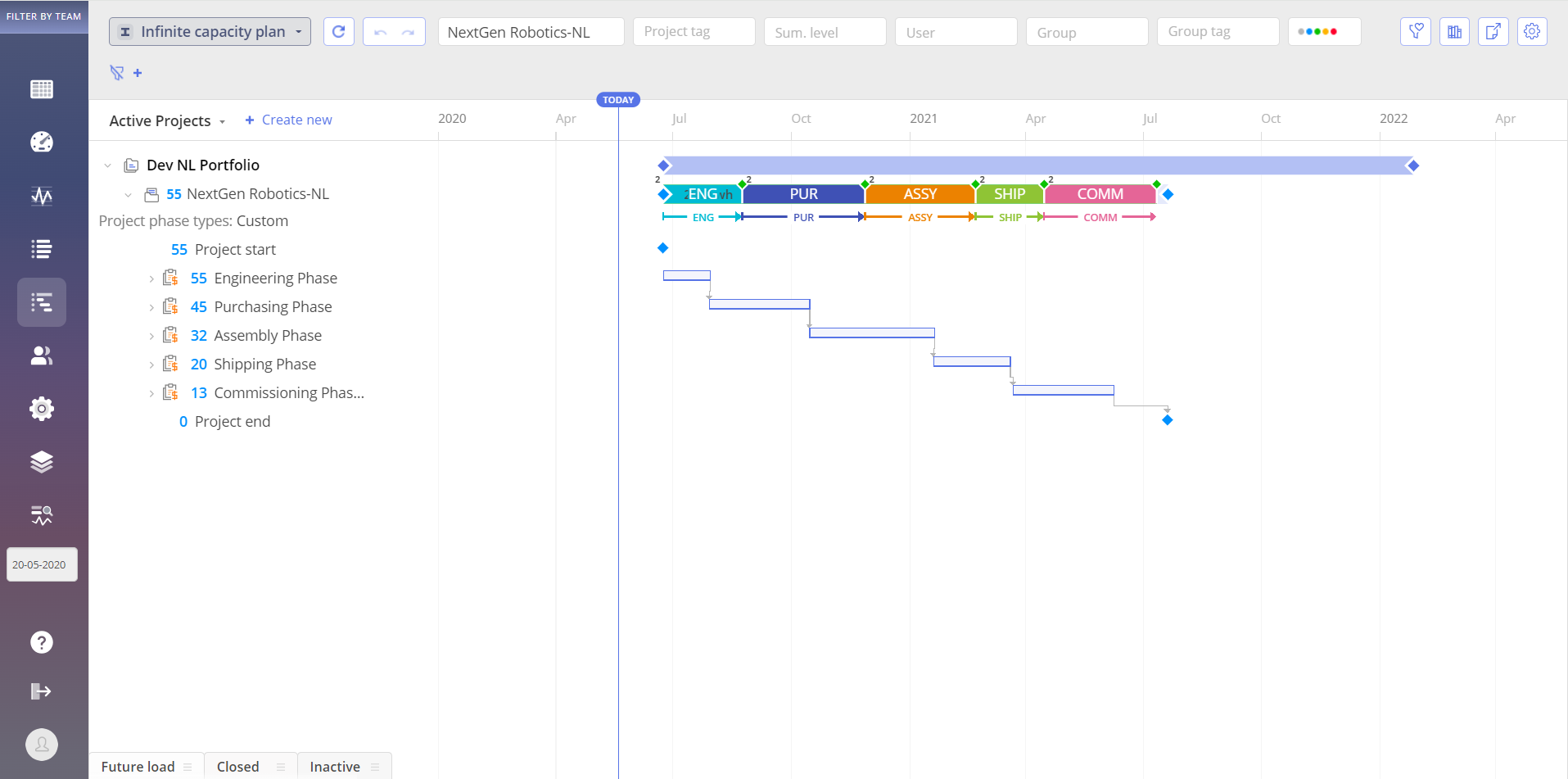
Dividing projects into phases helps structure them, optimize resource allocation and management, keep control of the project flow, and make it more predictable and transparent.
The Epicflow team keeps on working on updating and improving our product and making it maximum applicable to our customers’ needs. Contact us to learn more about our new features and how they can help optimize work on projects and resource management.

